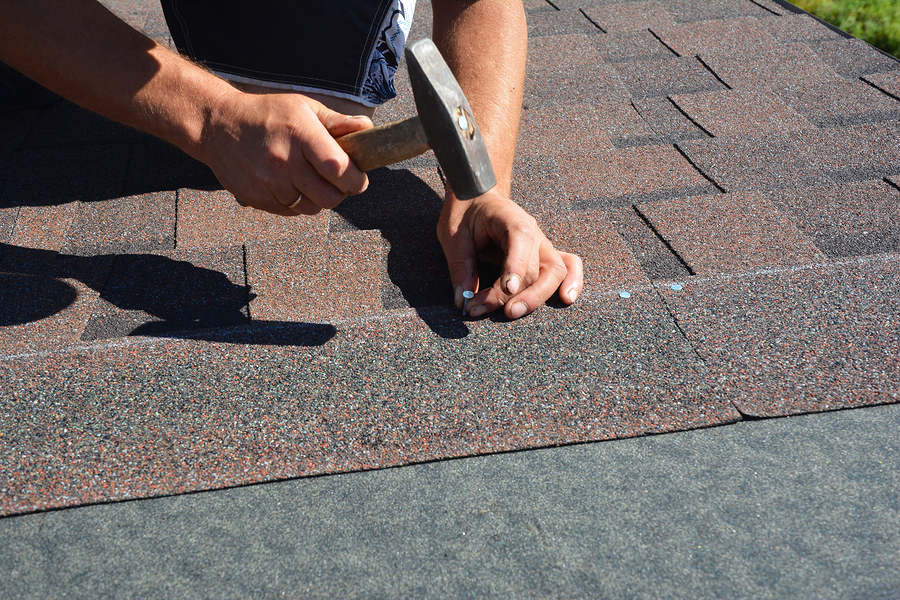How Often Should a Roof Be Replaced?
Replacing your roof is no small task. In fact, it can be quite expensive as well, depending on the material you’re using. Unfortunately, all roofs have to be replaced at some point in time — although some roofs do last longer than others. While some roofs do last for the duration of their expected lifespan, other factors should be considered. For example, heavy damage may require you to replace your roof sooner than expected.

Do You Need to Replace Your Roof?
The following are a few signs that indicate your roof needs to be replaced even if it hasn’t quite reached the end of its expected lifespan:
- Shingles are exhibiting wear and tear – If you notice one or two shingles with some damage, it may just be the result of damage caused by debris during storms. However, if you notice that your shingles are exhibiting general wear and tear all over your roof, such as the shingles have begun curling or buckling, it may mean that they need to be replaced.
- Granules in the gutters – Once the granules on your shingles begin wearing off, it means that they need to be replaced. If you check your gutters and see a significant amount of granules sitting there, then you can probably come to the conclusion that your roof needs to be replaced.
- Regular leaking – If your roof keeps springing leaks during heavy rainstorms in different places, it means that the roof underlayment likely needs to be completely replaced.
- The roof deck is sagging – A sagging roof is dangerous because it means that it’s structurally compromised. Generally speaking, a roof that begins to sag will need to be replaced.
Common Roof Lifespans
The following are some of the different types of roofs and how long they tend to last:
- Asphalt shingles – Asphalt shingles are some of the most commonly used types of shingles. They tend to be on the more affordable side and are easy to replace when there’s damage to just one area. Asphalt shingles do vary in quality. The standard three-tab asphalt shingle roof will last between 10 and 20 years. Architectural shingles, which are slightly thicker, last between 15 and 25 years. Premium shingles, which are even more durable, last between 20 and 30 years.
- Metal roofing – Metal roofing is growing in popularity due to its look as well as its general energy efficiency. Metal is, of course, very durable, so it should be no surprise that a properly installed metal roof can last anywhere from 30 to 50 years. Premium metal roofs, which include copper and titanium, have been known to last over a century.
- Slate – Slate is one of the more expensive roofing options, not just because of its luxurious visual appeal, but also its durability. Slate will last between 50 and 100 years.
- Clay tiles – Clay tiles are very heavy and require specially-designed roof frames to hold them in place. However, their weight lends to their durability: clay tiles can last anywhere from 50 to 100 years.
- Cedar shingles and shakes – Cedar shingles and shakes are another popular option due to their traditional aesthetic. Most cedar shake roofs last between 25 and 35 years; however, regular maintenance can help extend their lifespan to as many as 40 years.
Keep in mind that just because every roof has an expected lifespan doesn’t mean that it will last that long. A lot depends on proper installation as well as regular maintenance. If you’re in need of roof replacement or roof repair services in the Toledo, OH, area, then be sure to contact us at All-Nu Construction today.

